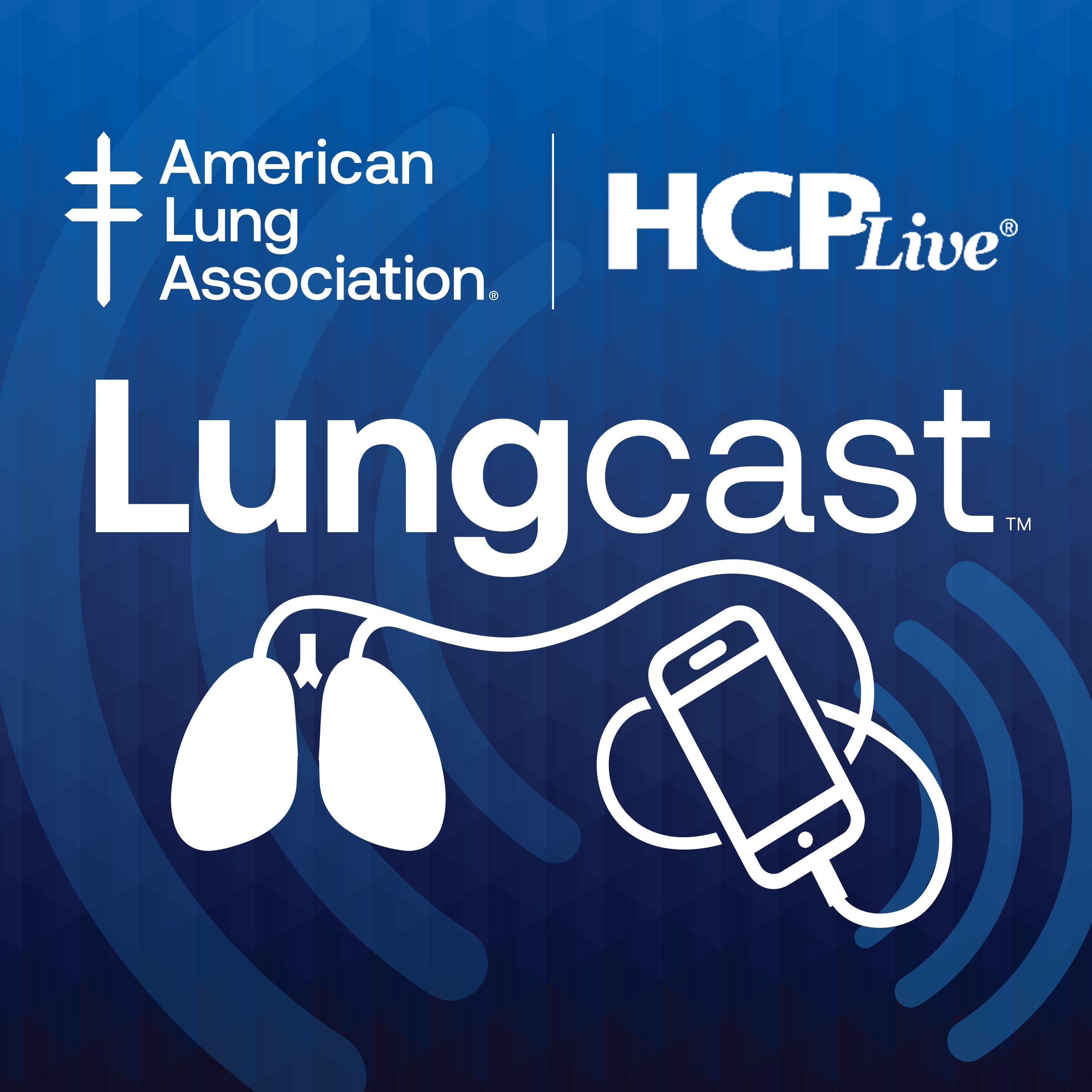Video
Educating Patients With SCD About the Associated Pain and Anemia
Author(s):
A patient with SCD describes how connecting with others in the sickle cell community via social media has brought him comfort.
Ifeyinwa Osunkwo, MD, MPH: Dr Smith, do you want to segue into what she said? Pain is half the story. You’re sitting there while sickling is happening, and that made her choose to go on hydroxyurea. How do you approach this discussion with your patients, being only half the story?
Wally Smith, MD: I talk to patients with pictures. I try to show them the science. I want to educate the patients so they understand what’s going on in their body. I’ll show a picture of a red blood cell and a picture of an abnormal sickle cell. I’ll show them the graph of their red blood cell size. There’s this lab value that’s called the MCV [mean corpuscular volume] that tells you how big your cells are. When you take hydroxyurea, the MCV will go up and the white blood cell count will go down. I will show them the graph of that. That’s eye-opening for patients. Sometimes they’ll go, “Oops, busted,” because they didn’t recognize that this drug was actually doing something to their cells. When they see that, they say, “Oh, I guess you’re right. I didn’t take my medicine the way I was supposed to the last couple of months. A year ago, I was taking it well, because that’s when my MCV was up. And that’s when my white blood cells were down more.” And I say, “Yes, and that’s when you weren’t destroying cells in your body as much. So let’s get back to taking it.”
For some patients, that still doesn’t work, because they’re just put off by having to take the medications. But for those who catch that, it’s eye-opening. Then they start paying more attention to how they feel. They start correlating how they feel to when they take medications. I completely agree that when patients understand that knowledge is power, that pain and anemia are both huge parts of sickle cell disease, and that we need to attack both with medications that stop the sickling process, they become my ally. Because before then, it’s me being mama. “Eat your vegetables.” “Why, mama?” “Well, they’re good for you.” “How do you know? Nothing happened when I ate my vegetables.” That’s the way it is with hydroxyurea. Nothing happens on the day you take the hydroxyurea, so you don’t have that immediate feedback. With pain medicine, something happens the day you take it. You tend to want to take the pain medicine and not want to take the hydroxyurea. It should be the other way around. You really want to take the hydroxyurea so you don’t have to take the pain medicine.
Ifeyinwa Osunkwo, MD, MPH: Absolutely. Thank you so much. To wrap up this segment, I want to go to Jamaal. Jamaal, what resources, support group, or community-based support have you found helpful as you deal with sickle cell disease? Have you been a part of a support group or sickle cell community agency?
Jamaal Bailey: I have never been a part of a sickle cell support group. But now on Facebook, I’m part of a sickle cell group. It’s a great group where everyone shares information about symptoms, questions about medications, or just talks about how they’re feeling that day. It’s great to interact with many more sickle cell patients. For a long while, I felt like I couldn’t find people who share sickle cell. Being in that group, I feel better because I know there are people out there who are experiencing the same thing I am. I get feedback from them, and they tell me what works and what doesn’t. I can generate from there.
Ifeyinwa Osunkwo, MD, MPH: That’s awesome. I don’t think we were as appreciative in the past about how important it is for you to find your tribe and other people who are going through what you are, as Cassandra mentioned. I once had 3 of my young adult patients who were in high school and would always come to the clinic on different days. They were in the same high school, in the same grade, and on the same team of some sport they were playing together, but they never knew they each had sickle cell. Then we had a group event 1 day and all 3 came. They were like, “You got sickle cell? You got sickle cell?”
What was so funny was that they started coming to me and saying, “He wasn’t drinking his water.” “She put away her sweater.” They began to look out for one another. When someone would miss school, they’d pass along the homework or paperwork from the teacher. They were a huge support for one another. They ended up graduating together. They really helped one another out in the last 2 years of high school. It’s really important to find your tribe because that support is invaluable. Doctors hang out with one another, moms hang out with one another. In college, the juniors are hanging out with juniors and seniors with other seniors. They go to the prom together. That’s how it is in all aspects of life. Having a tribe, whether it’s in person or virtually, is a really important thing. Thank you so much for sharing that.
Thank you very much for watching this HCPLive® Cure Connections®. If you enjoyed the program, please subscribe to our e-newsletter to receive upcoming programs and other great content right in your in-box.
Transcript Edited for Clarity





